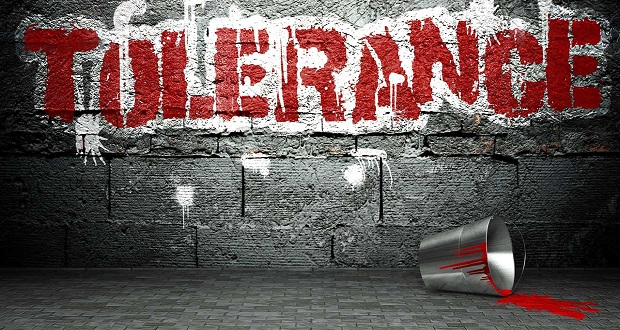Two days ago, The New York Times reported that the Trump administration will be redirecting resources of the civil rights division of the Justice Department “toward investigating and suing universities over affirmative action admissions policies deemed to discriminate against white applicants.”
And so, it seems that the Abigail Fishers of the world (or really the lawyers and politicians behind her) have reunited to stop the civil rights forces that supposedly aim to destroy white kids’ chances at colleges to which they may or may not be qualified to go. (It should be noted that affirmative action policies help white women more than anyone else.)
Perhaps unsurprisingly, critics are shouting from every corner of news and social media alike. Some point out that this is the result of the folklore of White America that Black people just get to go to college for free; some are calling it out as another episode of dog whistle politicking that is at the very least pointless for Trump’s voter base and at worst counter-productive; some point out that the truly problematic affirmative action conduits in this country are wealth and legacy (we see you Jared).
But let’s get into this a little deeper: what’s the problem? If we are trying to reach equality, why should some people be given preference over others? In a recent session on cultural competence, our facilitator was discussing the Intercultural Development Continuum with the group, which is a tool used to assess how we experience difference. The different stages are: denial, polarization, minimization, acceptance, and adaptation. As described by Mary-Frances Winters:
The theory is that as our experience with difference expands, we have a greater capacity to understand and bridge the complexities of cultural differences. It is a developmental model that contends that we advance through stages of greater capability to meaningfully address differences.
A man in the session asked this provocative question: “If we are at polarization, don’t we want the country to come to minimization? Is eliminating affirmative action not a minimization strategy? We are all the same.”
While the model is much more complicated than what I have just presented and may not work when evaluating, and generalizing, entire populations of people or when discussing processes and equitable solutions, the question is one that echoes the same question I mentioned earlier: If we are trying to reach equality, why should some people be given preference over others? At the very least how do we reach a consensus on the need for equality?
It seems to me that to reach consensus on the need for equality, to reach minimization, we have to agree on why inequality exists, or at least that it does. As has been argued in our Equity vs. Equality series, working towards equality without an understanding of why we are unequal blinds us to the inequities that block the road.
If you walk around any private or public university campus, barring HBCUs, you will see mostly white faces; you will see mostly white faculty; and you will see mostly white administrators. There is a name for this very literally white-washed experience: Predominantly White Institution. The possibility that white people can’t catch a break seems absurd in this kind of context.
But sometimes, when we don’t get what we want, when we don’t get into the college of our dreams, when we don’t see the desired results of our hard work, when we don’t have the job opportunities we think we deserve or the opportunities we may need to provide for our families, we try to find someone to blame. As long as lawsuits against affirmative action policies have been around—which is as long as affirmative action policies have been around—the people to blame have been people of color.
But the fact is, people of color still face tougher prospects in the job market than white people, and that’s before even considering formerly incarcerated people of color who are overrepresented in our criminal justice system. The family wealth gap between white people and people of color remains and continues to grow. Family wealth is a large factor, if not the largest, in one’s ability to even consider college. And while affirmative action policies do not perfectly aid all the minority groups for which they were created, the solution is not to eliminate these policies entirely, especially in this spirit of resentment.
The point? Despite what the administration may think, affirmative action is still necessary because not everyone has the access they should to higher education. The factors that allow white people, particularly white men, greater access still exist and would still exist if we decided to treat everyone as if we are the same.
However, we may be the same in one sense – we all seem to value education. So, perhaps we should worry less about whether white men have all the choices they want and worry more about whether everyone has all the choices they deserve.



















